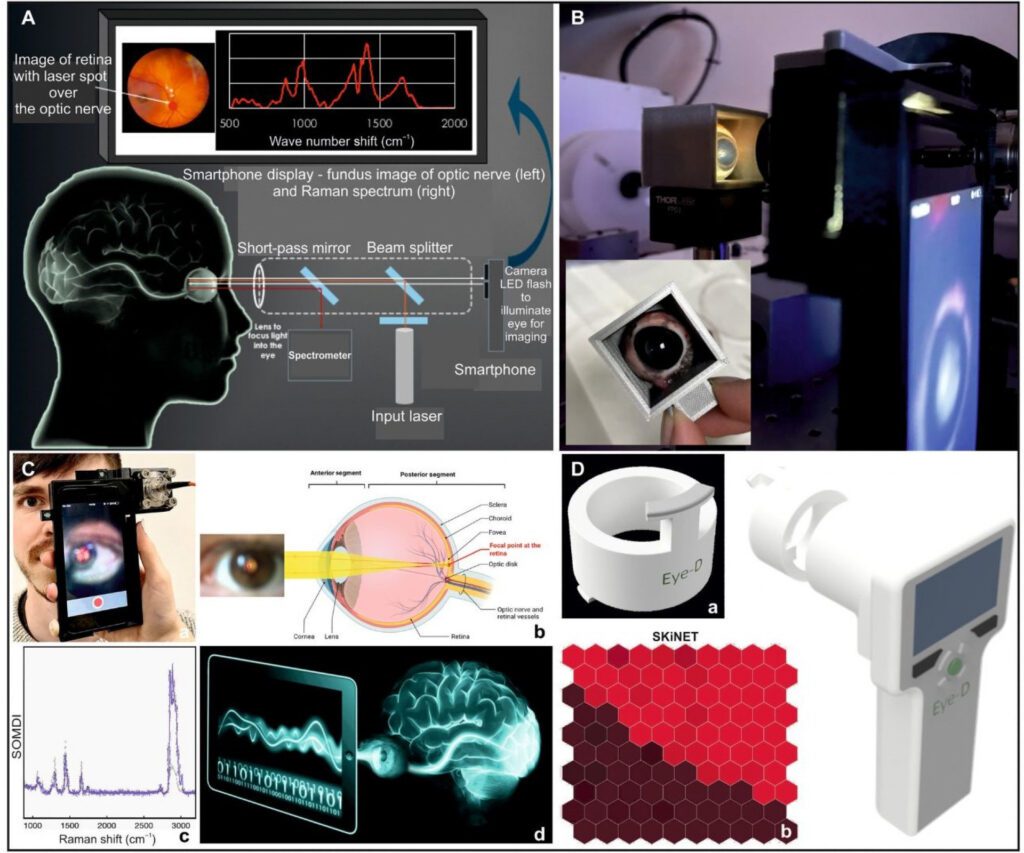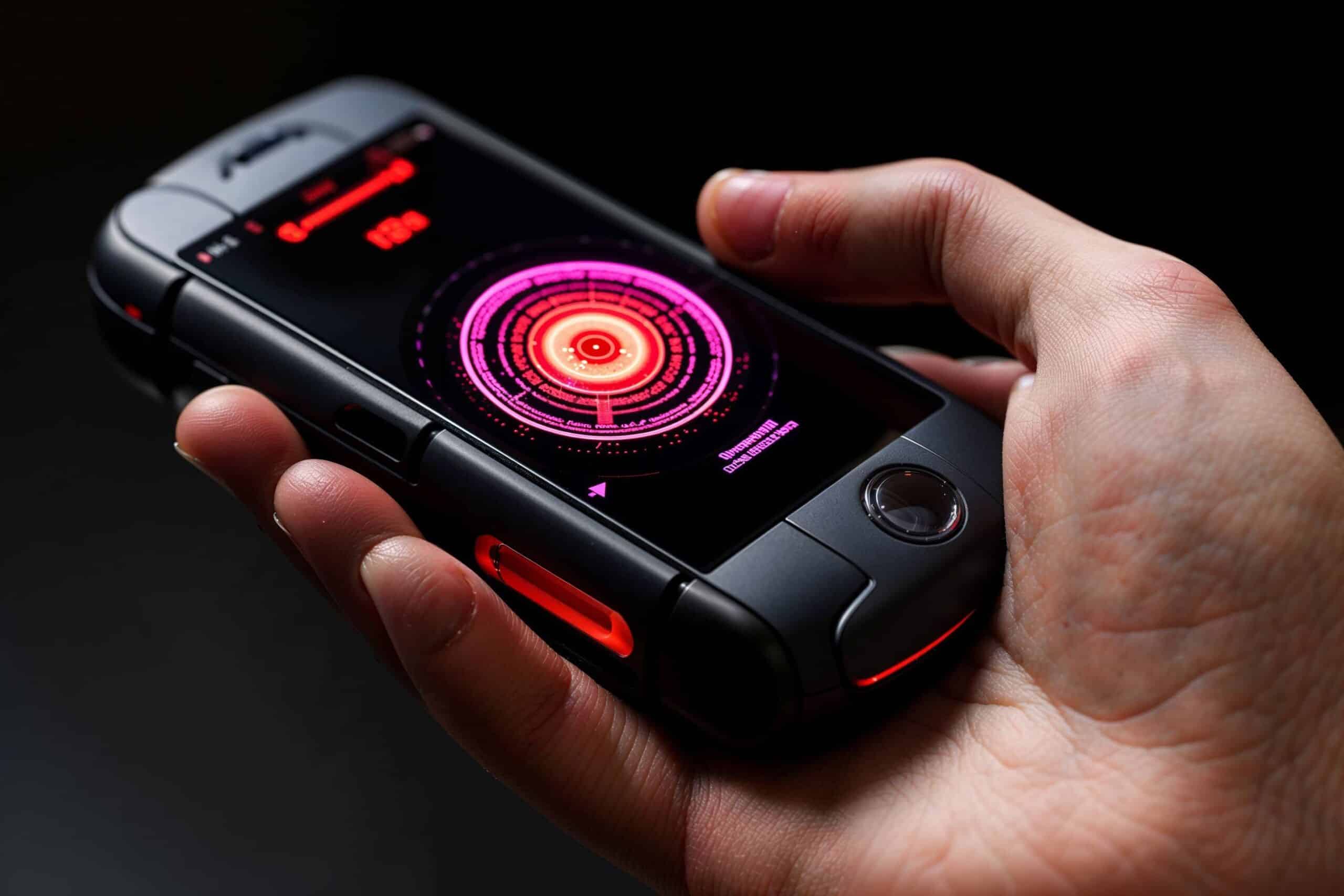When it comes to traumatic brain injuries, time is a critical factor. Traditionally, the diagnosis of these injuries requires complex equipment, often not immediately available at the scene of the accident. Today, thanks to innovation from the University of Birmingham, the rules of the game could change.
The device developed by the English institute (you can find the announcement here) is capable of detecting traumatic brain injuries in just a few minutes. EyeD, this is its name, could become a fundamental ally for rescuers, significantly improving the chances of intervention and recovery.
A step forward in emergency medicine
EyeD is about the size of a cell phone (and actually incorporates one), but it allows doctors and first responders to make a quick and precise diagnosis in critical situations.
The device uses advanced technology that includes a laser and spectrometer to analyze molecular changes in the eye linked to brain trauma. How does it work? EyeD projects a safe laser onto the back of the eye and analyzes the reflected light, which contains information about the chemical composition of the eye. The data is then processed by an artificial intelligence algorithm to determine the presence of brain trauma.
The importance of the “golden hour” in traumatic brain injuries
In cases of head trauma, the first 60 minutes, often referred to as the “golden hour,” are crucial. Quick intervention can mean the difference between a complete recovery and long-term or even fatal consequences. With EyeD, emergency responders now have a tool that can detect damage in near real-time, allowing for more timely and targeted treatment.
Initial testing (on artificial eye models and post-mortem porcine eye tissue) demonstrated EyeD's effectiveness in detecting brain trauma. These results, presented in one study in Science Advances they are promising and pave the way for further clinical studies in humans. The goal is to make this device a standard tool in the first aid kit, offering a quick and non-invasive solution for field diagnosis.

Philosophical and scientific resonances
The introduction of EyeD reflects the continuing evolution of medical technology and its ability to save lives. And it demonstrates how innovation can radically transform medical practice and improve quality of life.
EyeD will be able to save lives, of course, but also reduce the number of late diagnoses that can lead to serious complications. Great news.


